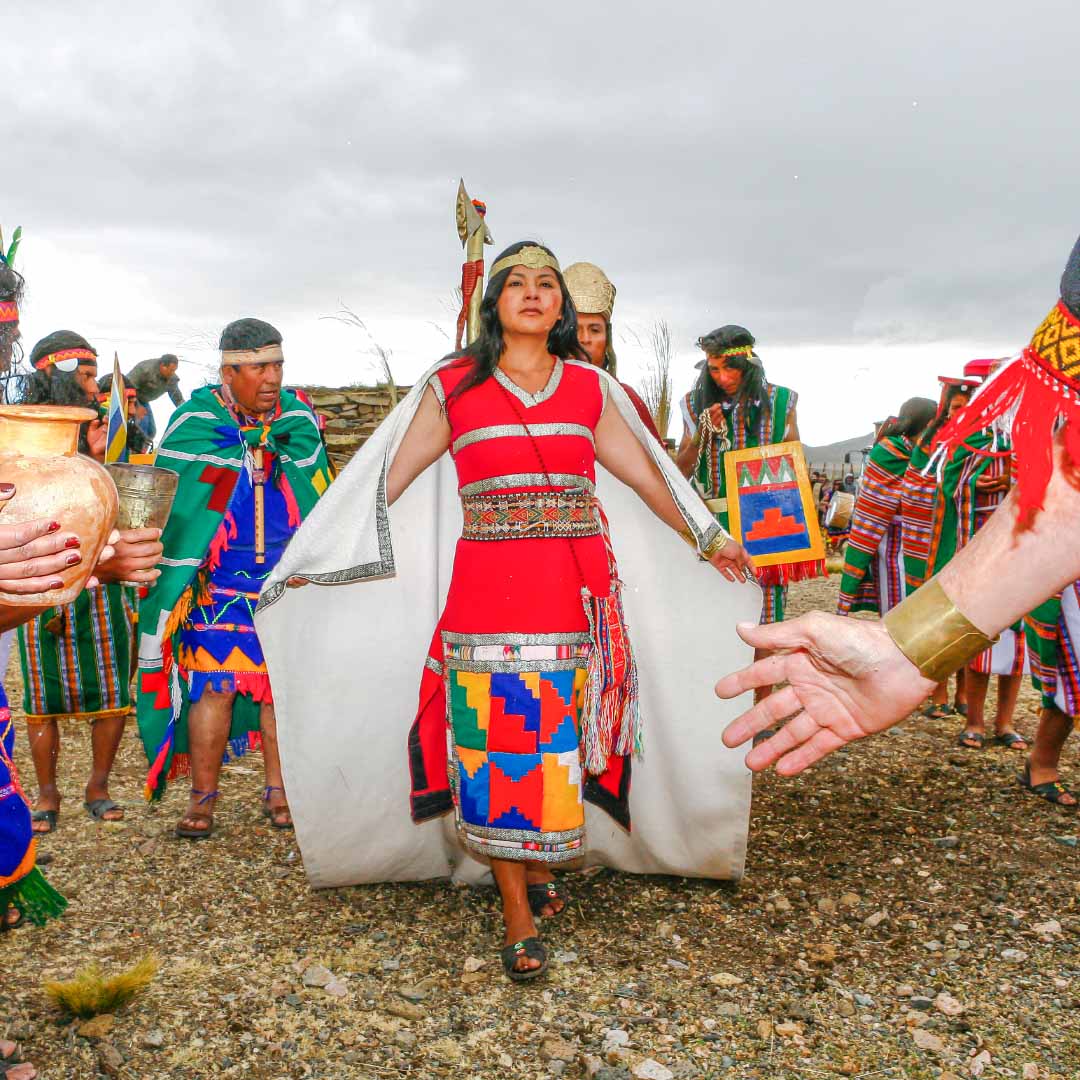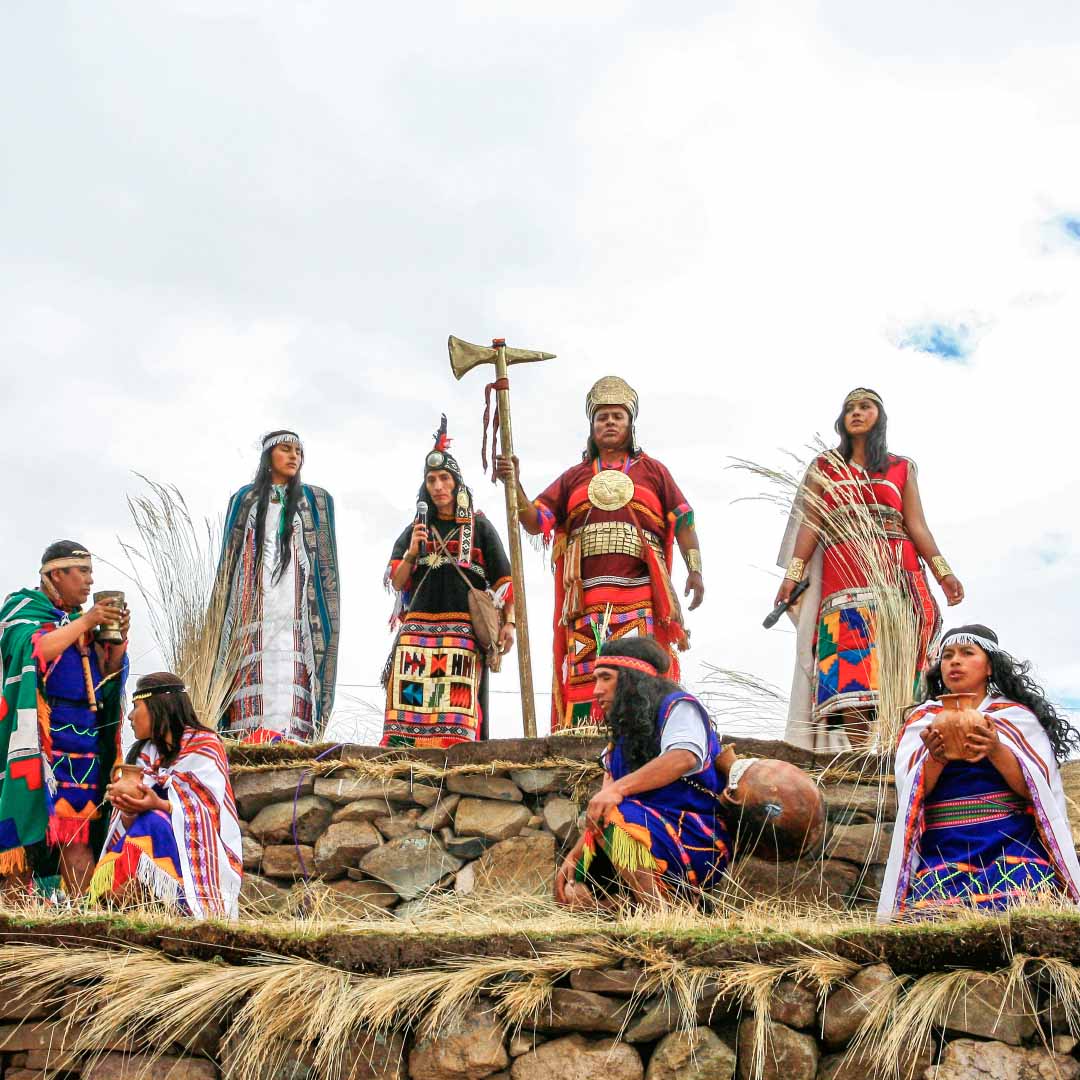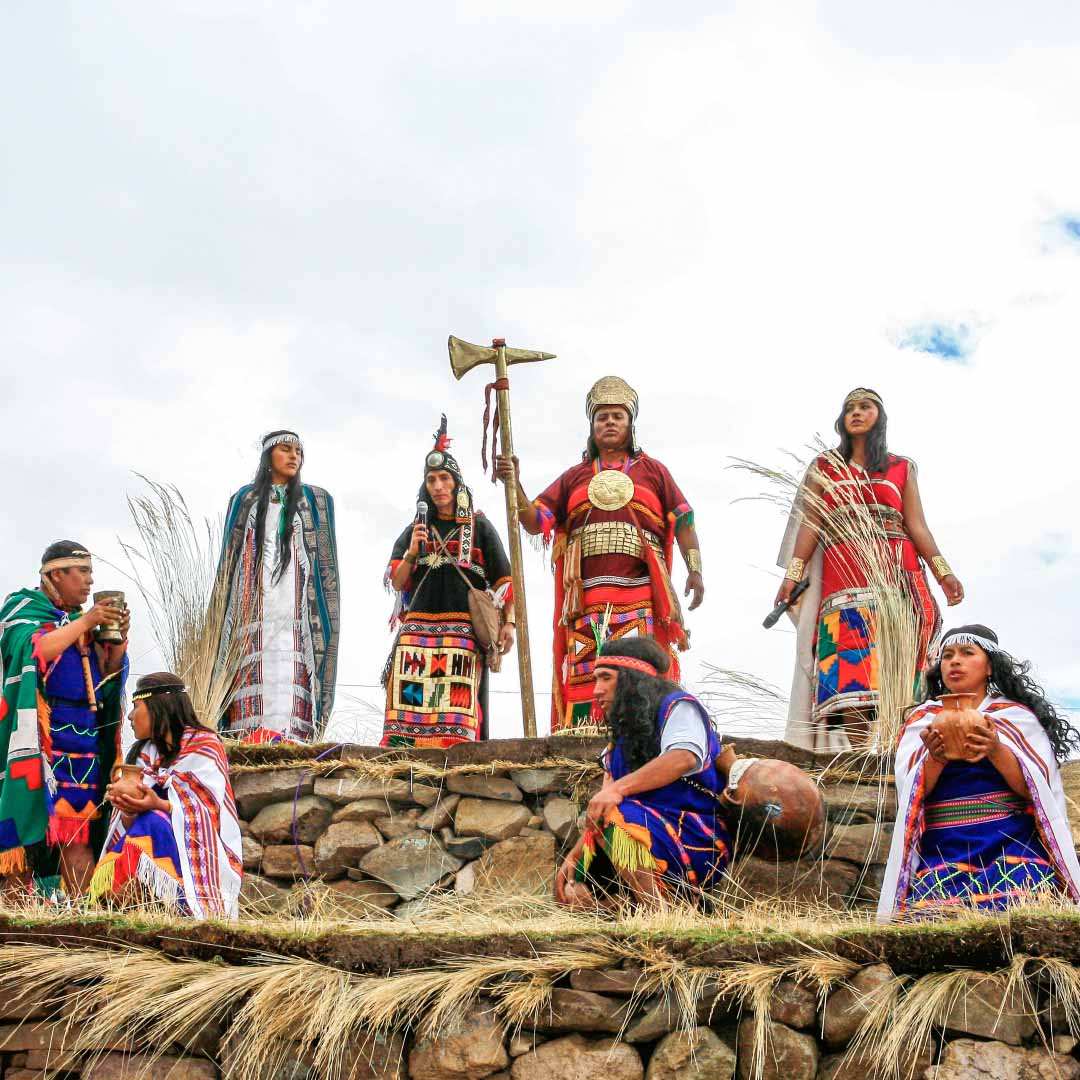Are you ready to embark on a journey through time to discover the incredible world of the Incas? One of the most intriguing aspects of Inca history is their remarkable civilization, and in this article, we will delve into 10 incredible facts about the Incas, along with other interesting tidbits about their civilization, religion, and history. Let's satisfy your curiosity and learn some unbelievable facts about this ancient culture.
What will you find here?
- Interesting facts about the Incas
- Fun facts about the Incas
- 10 incredible facts about the Incas
- Facts about the Inca civilization
- Facts about the Inca religion
- Facts about the Incas' history
- Frequently Asked Questions (FAQs)
Interesting facts about the Incas
The Inca civilization thrived in the Andes of South America, and their achievements are nothing short of astonishing. Here are some interesting facts about the Incas:
- Incan engineering marvels: The Incas were masterful builders and created awe-inspiring structures without the use of mortar, such as Machu Picchu and the city of Cusco.
- Quipus, the ancient data system: In the absence of a written language, the Incas used quipus, intricate arrangements of colored strings, to record information and keep track of their vast empire.
- Astronomy expertise: The Incas had a deep understanding of the celestial bodies and their movements, and they built observatories like the one in Machu Picchu.
- Advanced Agriculture: They developed advanced terracing and irrigation techniques, allowing them to cultivate crops at high altitudes.

Fun facts about the Incas
The Incas had a lighter side too, with fun and intriguing aspects to their culture. Check out these fun facts:
- Unique tax system: Instead of using money, the Incas paid taxes on labor. Each citizen contributed to the construction and maintenance of public buildings, roads, and more.
- Llama loyalty: Llamas were highly valued by the Incas, serving as both pack animals and sources of wool. They were even used as sacrificial offerings in religious ceremonies.
- Elaborate pottery: Inca pottery was known for its intricate designs and vibrant colors, often depicting scenes from daily life and nature.
- Chasquis, the Inca runners: To maintain communication across their vast empire, the Incas used a network of fast-footed messengers known as chasquis, who could run up to 240 kilometers in a day.
10 incredible facts about the Incas
Now, let's dive into 10 incredible facts about the Incas that will leave you in awe:
- Advanced architecture: The Incas built impressive structures like Machu Picchu without using mortar, showcasing their remarkable stone-cutting and fitting skills.
- Quipu communication: Instead of a written language, the Incas used quipus, a complex system of colored strings and knots, for recording information.
- Masterful astronomy: The Incas were skilled astronomers and constructed observatories to study the stars and celestial events.
- Extraordinary terracing: Their agricultural innovation involved extensive terracing and irrigation systems, allowing them to farm at high altitudes.
- Taxation through labor: Instead of using currency, the Incas imposed a labor tax where citizens contributed their work to public projects.
- Llama loyalty: Llamas were highly prized for their wool and used as pack animals, and even in religious ceremonies.
- Chasquis messengers: To maintain their extensive empire, the Incas employed swift chasquis runners to relay important messages.
- Inca Trail: The famous Inca Trail served as a vital trade route, connecting Cusco to Machu Picchu through breathtaking landscapes.
- Socialist society: The Incas practiced a form of socialism, ensuring wealth and resources were distributed evenly among their people.
- No wheels, no problem: Inca civilization thrived without the use of the wheel, relying on human and animal power for transportation and labor.

Facts about the Inca civilization
To understand the Incas better, let's explore some key facts about their civilization:
- Inca oral traditions: While they lacked a written language, the Incas relied heavily on oral traditions to pass down their history, myths, and cultural knowledge from generation to generation.
- Elaborate agricultural system: The Incas cultivated an impressive variety of crops, including maize, potatoes, and quinoa, and used advanced agricultural techniques such as terracing and crop rotation.
- Resourceful fiber arts: Inca weavers were renowned for their intricate textile artistry, creating beautiful garments, tapestries, and decorative items using llama and alpaca wool.
- Administrative efficiency: The Incas had a well-organized administrative system, utilizing the quipus for record-keeping and employing skilled administrators to manage their vast empire.
- High-altitude living: The Inca civilization was known for its adaptability to high altitudes, with cities like Cusco located at altitudes of over 11,000 feet (3,400 meters), showcasing their resilience and adaptability.
Facts about the Inca religion
Inca religion played a significant role in their society. Here are some insights into their spiritual beliefs:
- Sun god worship: The Inca religion centered around the worship of Inti, the sun god. Inti was considered the most important deity in their pantheon, and festivals like Inti Raymi celebrated the sun's power.
- Ancestor veneration: The Incas believed in the importance of honoring their ancestors. They kept mummies of past rulers, parading them during special ceremonies, and sought guidance from their spirits.
- Sacred animals: In addition to the sun, the Incas revered certain animals as sacred, with the condor, snake, and puma symbolizing the upper world, underworld, and Earth in their cosmology.
- Offerings and sacrifices: The Incas practiced various forms of ritual offerings and sacrifices, including the sacrifice of llamas and even, on rare occasions, human sacrifices during significant events.
- Sacred sites: The Incas constructed numerous sacred sites, such as Machu Picchu, to honor their deities and connect with the spiritual world. These sites often align with astronomical events and the natural environment.

Facts about the Incas' history
Let's explore more about the historical context of the Incas:
- Predecessor civilizations: Before the rise of the Inca Empire, several other civilizations inhabited the Andean region, including the Wari and Tiwanaku cultures, which had a significant influence on Inca development.
- Pachacuti's transformation: The Inca Empire's expansion and prominence are largely attributed to the leadership of the great Inca ruler Pachacuti, who initiated a series of military campaigns and territorial acquisitions.
- Spanish conquest: The Inca Empire met its tragic end when the Spanish conquistadors, led by Francisco Pizarro, captured and executed the last Inca emperor, Atahualpa, in 1533, marking the fall of the empire.
- Cultural integration: Despite the conquest, some aspects of Inca culture, such as agriculture, architecture, and language, survived and integrated into the Spanish colonial period.
- Ongoing preservation: Today, the legacy of the Inca civilization is preserved through the archaeological wonders of Machu Picchu, the rich tapestry of Andean culture, and ongoing research and exploration.
Now, you've taken a fascinating journey through the incredible world of the Incas, discovering their culture, achievements, and religious practices.
Frequently Asked Questions (FAQs)
How far is Machu Picchu from Lima?
Machu Picchu is approximately 330 miles (531 kilometers) from Lima, the capital of Peru. You can reach Machu Picchu by taking a train from Cusco or by hiking the famous Inca Trail.
What is the best time to visit Machu Picchu?
The best time to visit Machu Picchu is during the dry season, which runs from May to September. These months offer the most pleasant weather for exploring the site.
Can I explore Machu Picchu on my own, or do I need a guide?
While it's not mandatory to have a guide, it is highly recommended. A knowledgeable guide can provide valuable insights and historical context, enhancing your Machu Picchu experience.











